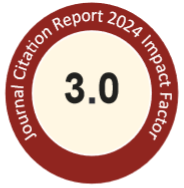Abstract
Antihypertensive medications have represented a tremendous financial burden to the health care plan globally. The utilization pattern of the antihypertensive agents was examined in this study to analyze the underlying reasons responsible for the pharmaceutical expenditure in Taiwan during 1997 to 2002. The claims data were obtained from National Health Insurance Research Database (NHIRD), which include ambulatory service record and prescription data of the entire population. Drug expenditure was decomposed into 5 components: relative drug price, number of patients treated, average physician visit per patient, defined daily dose (DDD) per physician visit and a residual. Total antihypertensive drug spending increased 102% during this period, mainly due to the compounding effect from the increment of patients treated (34%) and DDD per physician visit (33%). The aggregate residual for antihypertensive agents only exerts a 7% effect. Detailed residual analysis revealed that the brand-name product did have 11% increment, while the generic product had a 12% decrement. It also showed that hospital sector had a positive 11% residual, while primary care clinics had an 11% decrement. The most important factors that contribute to the expenditure surge of antihypertensive agents are the number of treated patients and DDD per physician visit. While physicians at the hospital sector adopted more new and innovative medications, their counterparts at the primary care clinics tended to switch some off-patent products to the generics.
Recommended Citation
Lin, T.-L.; Yang, Y.-H.K.; Tang, C.-H.; Wu, H.-M.; and Cheng, H.-W.
(2007)
"An economic evaluation on the pharmaceutical expenditure of antihypertensive agents in Taiwan from 1997 to 2002,"
Journal of Food and Drug Analysis: Vol. 15
:
Iss.
3
, Article 6.
Available at: https://doi.org/10.38212/2224-6614.2409

